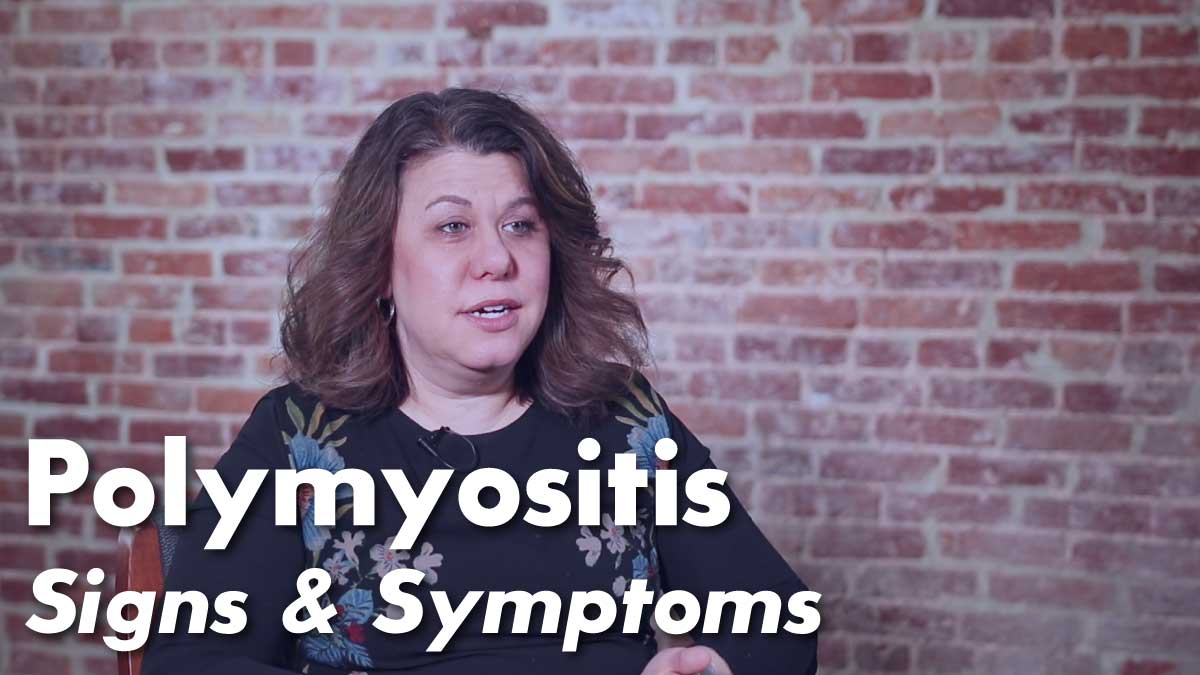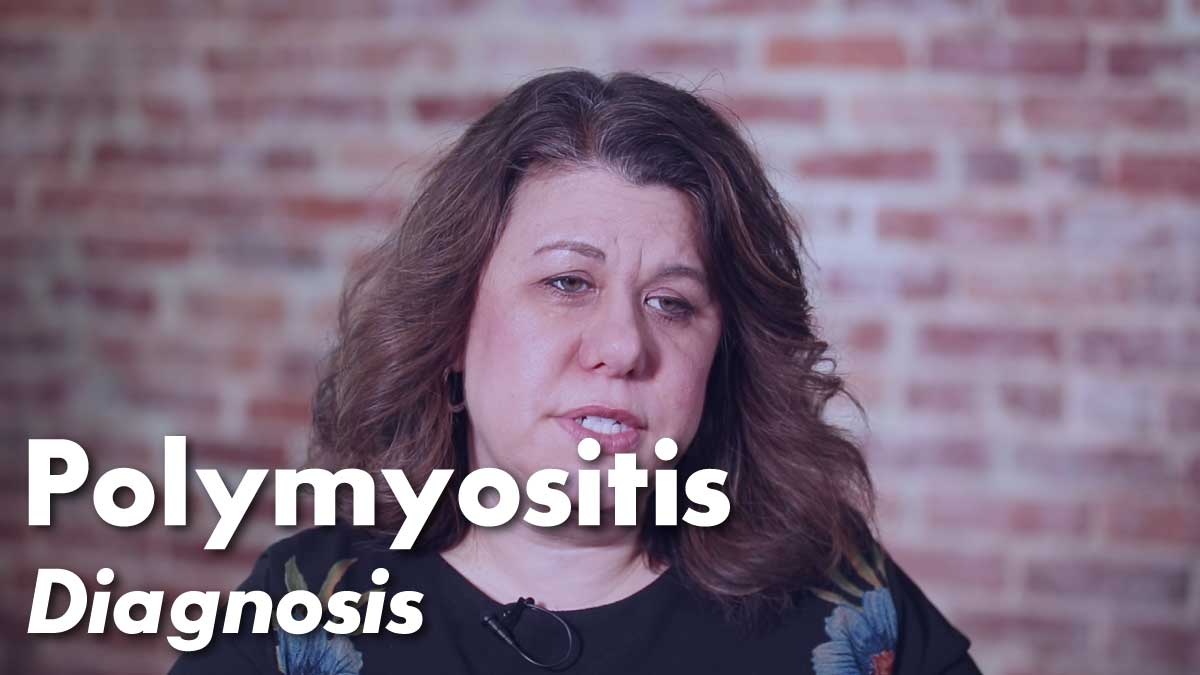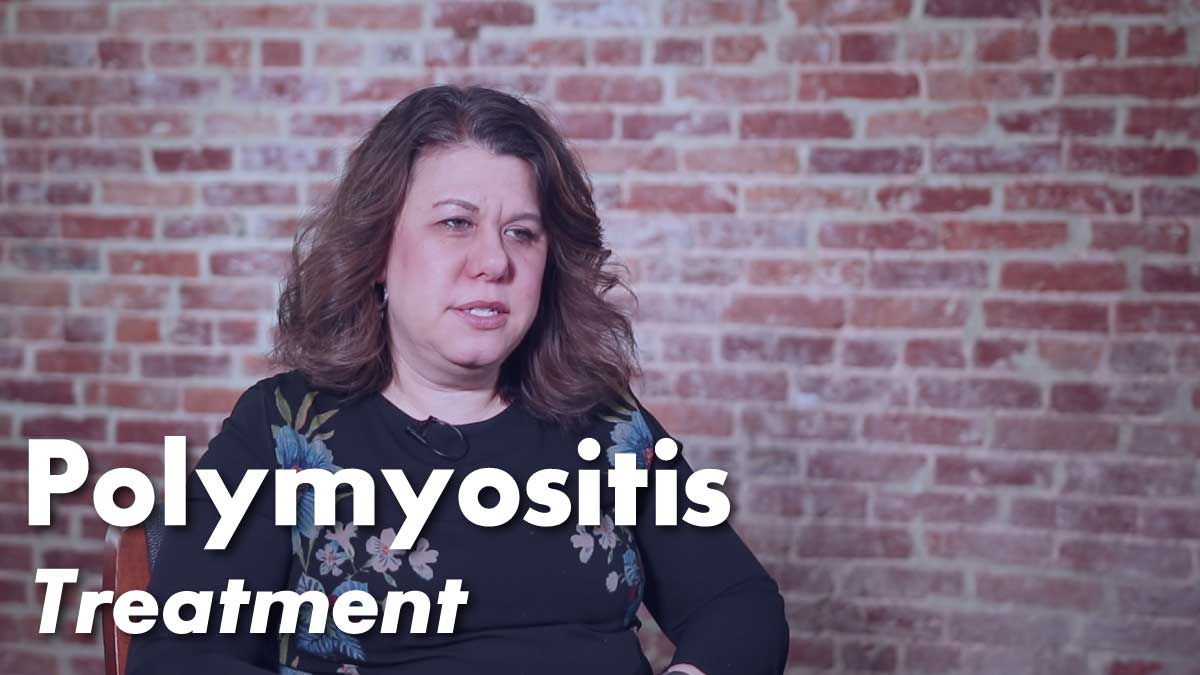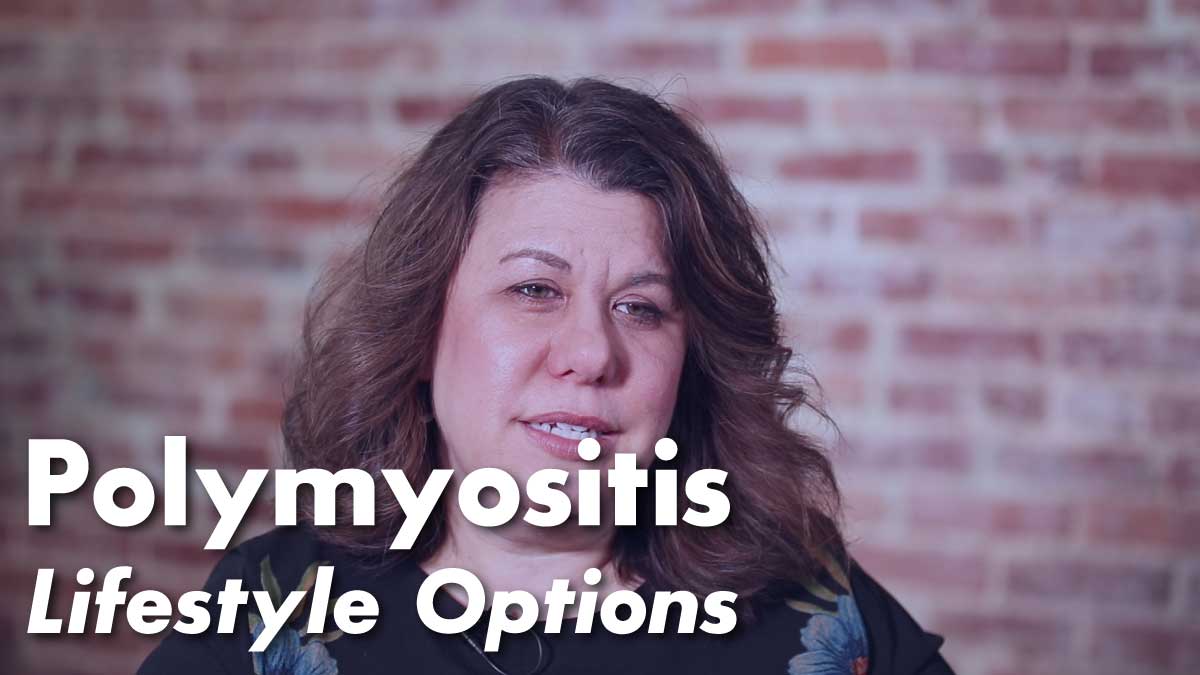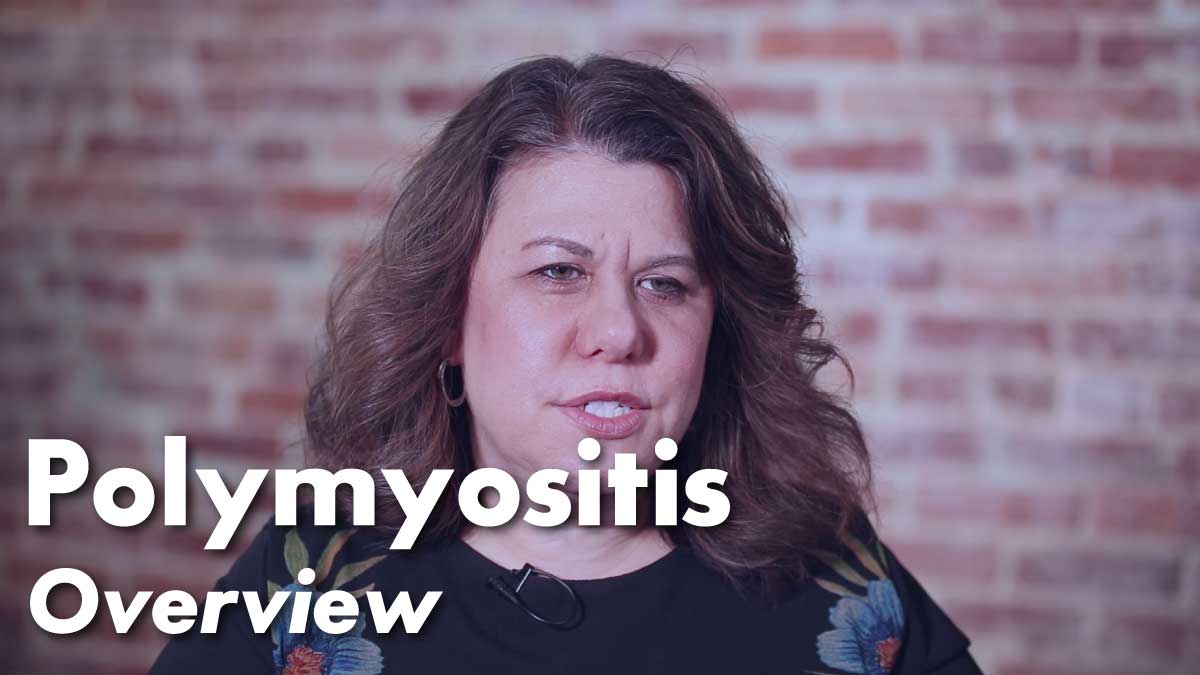
Polymyositis is an autoimmune disease that causes inflammation in the muscles. It’s also commonly paired with other rheumatic diseases such as scleroderma, rheumatoid arthritis, or lupus. In this video, Dr. Lisa Christopher-Stine, the Director of the Myositis Center, explains the basics of polymyositis.
